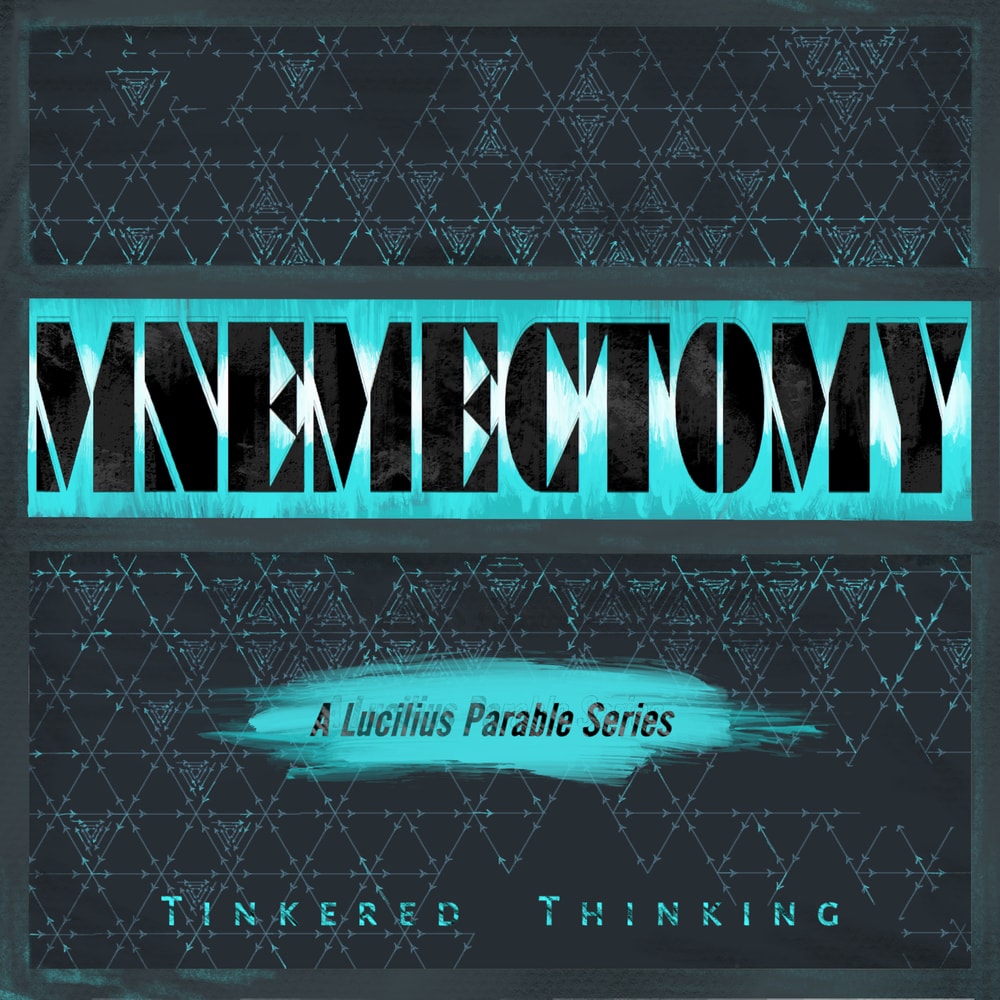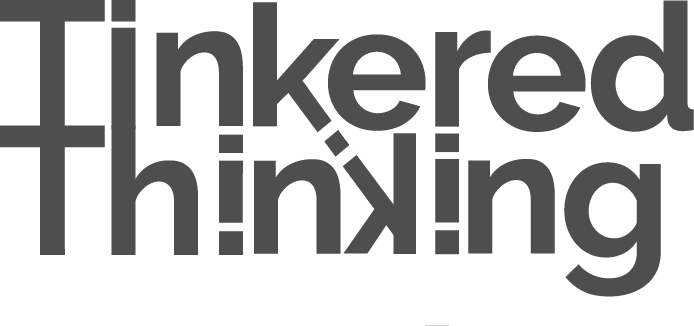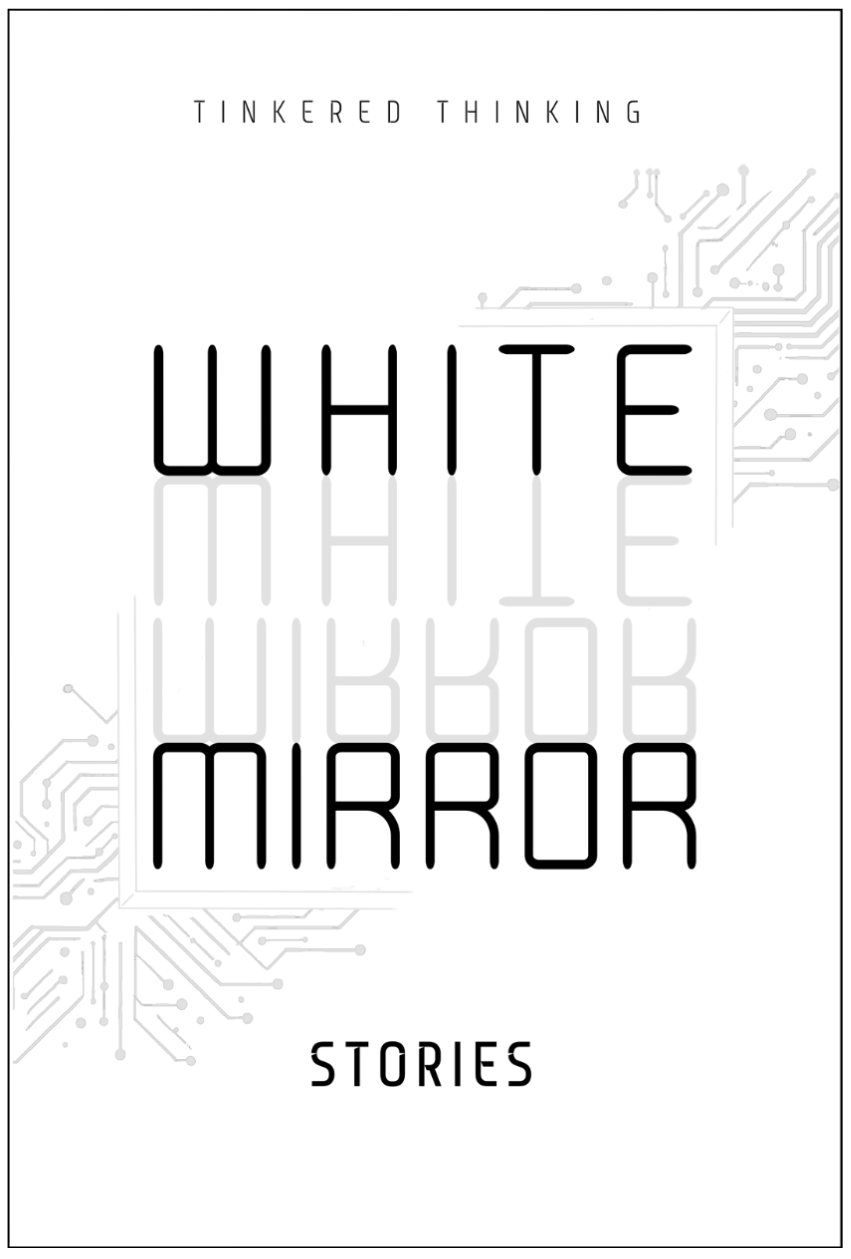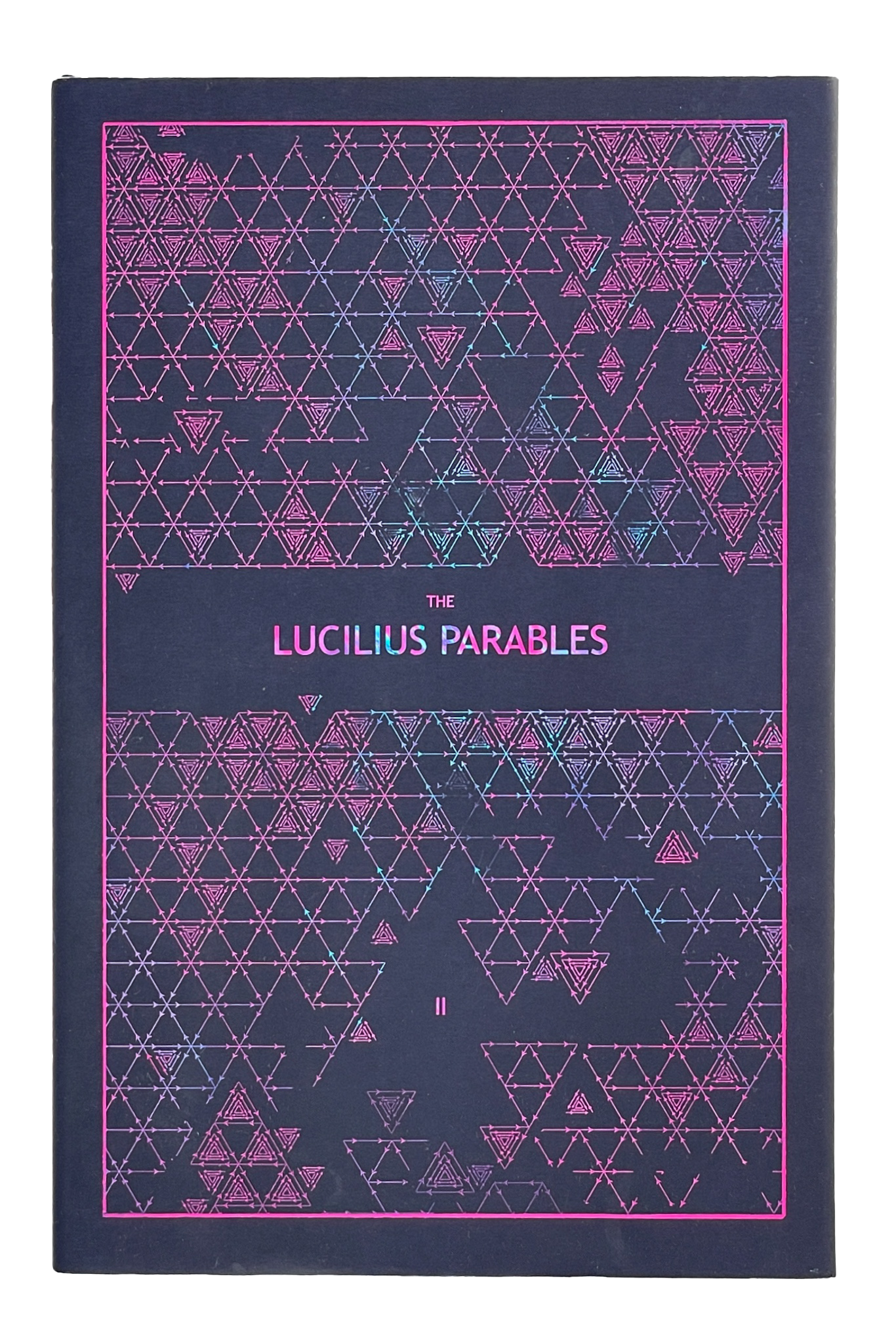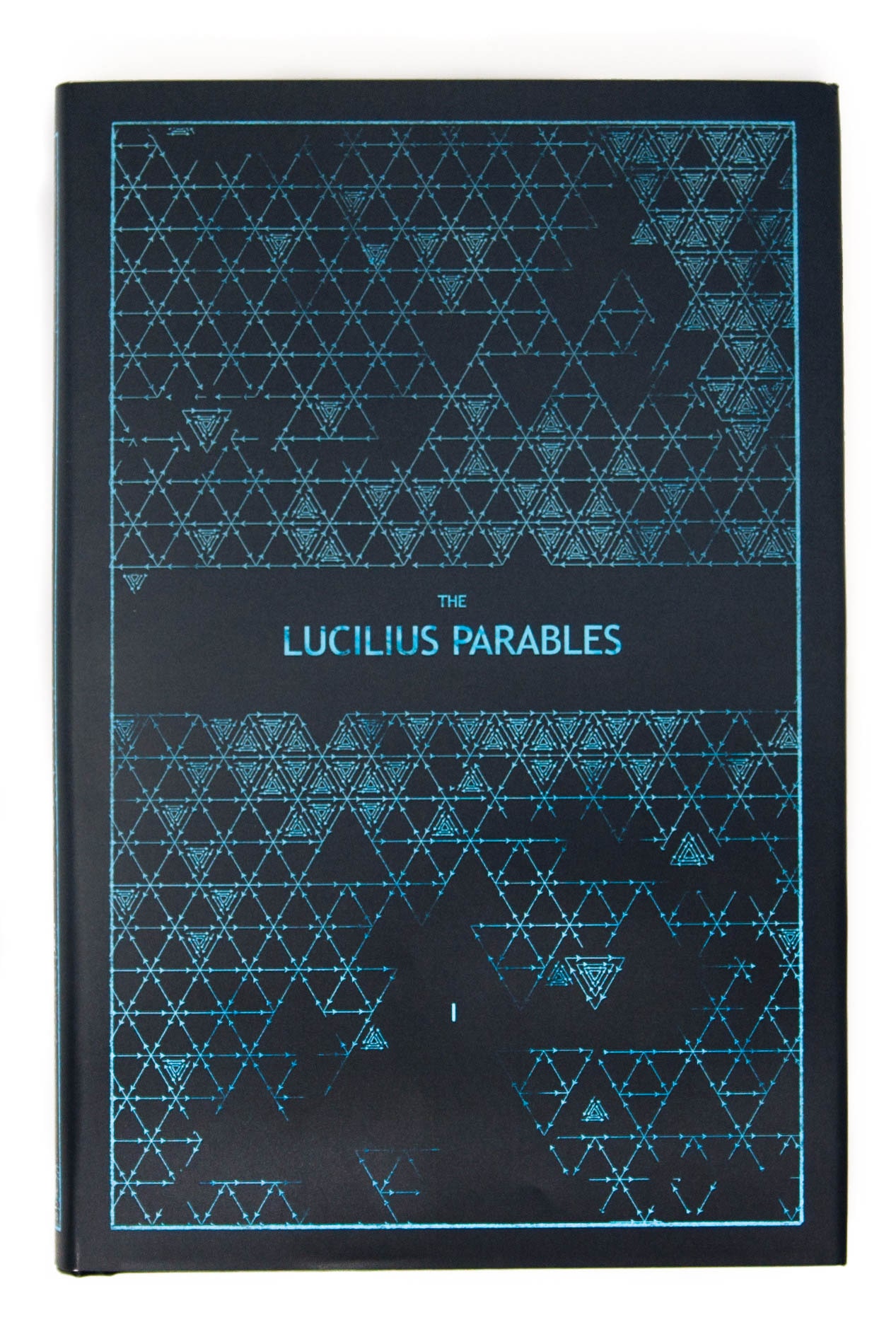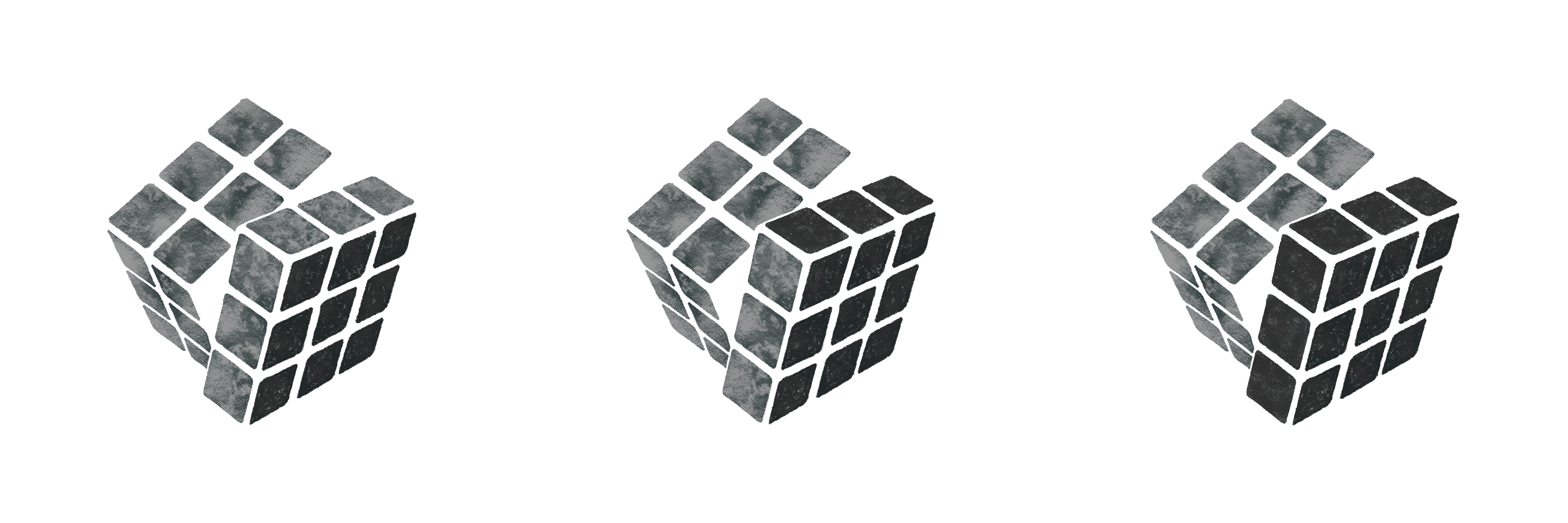Daily, snackable writings to spur changes in thinking.
Building a blueprint for a better brain by tinkering with the code.
subscribe
rss Feeds
SPIN CHESS
A Chess app from Tinkered Thinking featuring a variant of chess that bridges all skill levels!
REPAUSE
A meditation app is forthcoming. Stay Tuned.
THE SPECTRUM OF COGNITIVE DISSONANCE
June 15th, 2019
Ok this episode needs a just a little house keeping since it’s so easy these days to totally misinterpret what someone is trying to convey. Perhaps that should be at the beginning of every episode. Shouldn’t we all walk around with it branded in our skulls that we just might be misinterpreting someone?
Let’s start with the word dissonance. It means a lack of harmony. Usually this is in a musical sense. It’s from Latin and means quite literally ‘not agreeing in sound.’
We need only think of the innumerable times when someone scrunches up their brows and says ‘that doesn’t sound right.’
We get the sense that something isn’t connecting. Either another person isn’t well connected to reality and is therefore painting an inaccurate picture of the situation, or we ourselves have misunderstood their meaning and the picture we are painting in our own mind based on their words is inaccurate.
What’s of even greater interest here is when there’s no second or third party, and we are experiencing cognitive dissonance all on our own.
We are all familiar with this, and if it’s cranked up to a high enough degree, we become frustrated.
This almost always happens in the course of learning something.
Even if we do not experience this dissonance to the point of frustration, the dissonance still exists, and it’s the resolving of this dissonance that is the process of learning.
It’s often been remarked that we learn best when the task at hand is just beyond the scope of our abilities. In this case it does not take much cognitive expansion and creative generation of possible ideas to rope in the new concept we are trying to understand and incorporate it into what we already know.
Bearing this in mind we can realize that the spectrum of cognitive dissonance inevitably includes harmony. As dissonance is resolved with novel understanding, harmony is created between what we already knew and additional information that we incorporate.
Many remark on the ‘flow’ state where work seems to come effortlessly. This is perhaps when a person is positioned just right on the spectrum of cognitive dissonance relative to some task, and the novel work is not too hard to undertake and is readily transformed.
Crank up the dissonance. Make the task too hard, and no ‘flow’ state is possible. In this case we have to endure much greater levels of dissonance and mental discomfort for longer periods of time before we have a breakthrough.
There is a lot to be said about the sort of brute-force ability that some people can muster to endure so much cognitive dissonance and then finally make breakthroughs that cascade towards quicker and quicker realizations until they reach a level of ease that can allow for a flow state.
On the other side of this learning and work process is boredom. When a person is more than good enough at something to the point that the task becomes boring. Endurance once again comes in as a key ability for moving forward. Those who can brute-force the boring periods of progress by just sticking at it longer eventually stumble upon some new way to be better.
But recognize that such endurance of boredom is a new, somewhat meta-level of cognitive dissonance. Where once we were optimally learning by exploring novel ideas and incorporating them into our understanding of a topic, now with a stage of boredom, there is nothing novel that we can see to entertain our mind with. The ability to muster endurance can become that novel aspect of the situation, but it again requires a kind of brute-force ability.
While it’s ideal to land in the sweet spot on the spectrum of cognitive dissonance where a flow state is likely to arise, it’s more important to be capable on the entire spectrum of cognitive dissonance. Those who only do what feels good and easy will inevitably miss out on the goods that can be rendered by people who can brute-force their way from the hard end of the spectrum down to the easier end.
That’s not to say it’s necessary to do everything on the highest difficulty level. Elite athletes do not train at 100% all the time for good reason. It’s the ability to call up that brute-force method that’s important, because with time, there will inevitably arise a situation where brute-force is the only option the make things better.
This episode was heavily influenced by James Clear’s book ‘Atomic Habits’. Which you can find on the Tinkered Thinking reading list.
-compressed.jpg)
